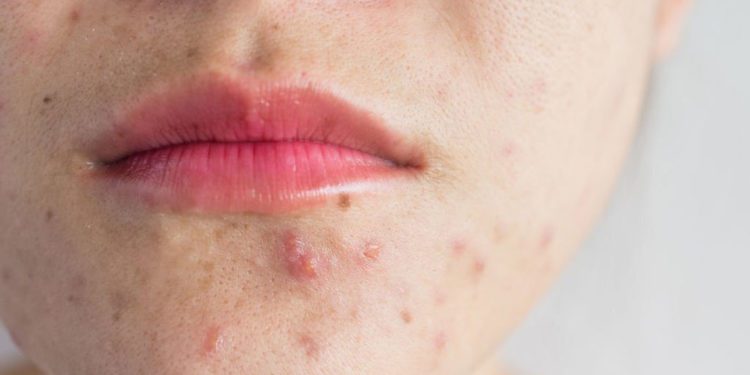Acne can be caused by many different factors, including your genes, bacteria on your skin, and oil production in your skin. A dermatologist will likely be able to tell you exactly what type of acne you have by looking at your skin and examining the symptoms. There are several different types of acne, and you may have more than one type at once depending on your unique circumstances. Some common types of acne include blackheads, whiteheads, papules, pustules, nodules, cysts, and even acne scars that can result after the other forms heal.
1. Blackheads

Blackheads are one of four major types of acne, as classified by dermatologists. Blackheads form when dead skin cells in your pore become oxidized, turning them dark. If you want to treat blackheads, you’ll need a chemical exfoliant (like salicylic acid) or an enzyme-based product that encourages cellular turnover (like papaya extract). Gently scrubbing with a loofah or even a soft toothbrush can also help draw out blackheads. Remember: No matter what you do to clear them up, always follow up with gentle moisturizer and sunscreen. If you over-exfoliate, your skin will be much more susceptible to sun damage!
2. Pimples

An acne pimple (or zit) is a blemish that occurs when the oil builds up within a hair follicle or sebaceous gland under your skin. The bump caused by an acne pimple may be red, swollen, tender, or have pus inside it. Pimples can occur in all areas of your body. But they’re most common on your face, back, shoulders, chest, neck, arms, and upper torso—areas where the skin is most oily. In some cases, blackheads or whiteheads may form in addition to pimples. These are caused by dirt build-up rather than overactive oil glands.
3. Whiteheads

Whiteheads can be tricky to treat because they contain sebum but no bacteria. Oftentimes, whiteheads are associated with oily skin, which leads some people to believe that drying out your skin will lead to their disappearance. But that’s not true! In fact, washing your face too much or scrubbing at them could make them worse. What you should do is visit a dermatologist; they’ll likely prescribe you a benzoyl peroxide cream (make sure it’s 2.5% strength or higher) as well as an antibiotic gel for inflammation.
4. Cystic Acne

Cystic acne is one of the most severe forms, resulting in large lumps that are hard to conceal. Instead of small whiteheads with blackheads on top, cystic acne form large white heads with pus inside; it’s caused by bacteria entering deep pores on your face and clogging them up. It’s a painful condition that can lead to scarring if left untreated, making it an important issue for anyone who wants their skin in top shape. If you think you might have cystic acne, visit a dermatologist; they will be able to determine whether or not you have it. If so, treatment options include topical ointments or oral antibiotics.











